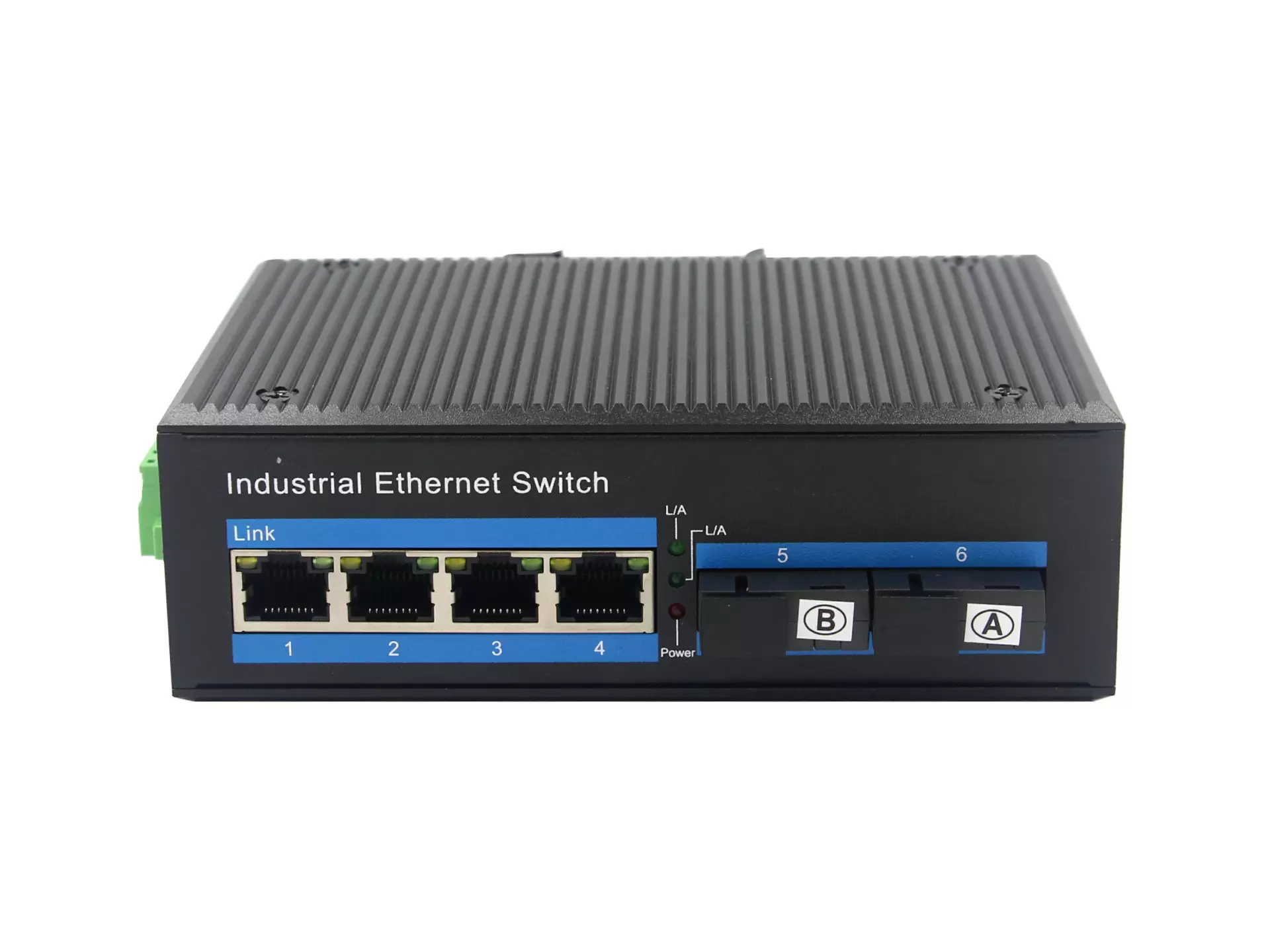.

With the increasing demand for reliable and efficient network connectivity, it is essential to understand the different options available in the market. One such option is the 4-Port Ethernet switch.
1. Overview of 4-Port Ethernet Switches
A 4-port Ethernet switch is a networking device that allows multiple devices to connect and communicate within a local area network (LAN). It provides four Ethernet ports, enabling four devices to be connected simultaneously. This type of switch is commonly used in small office or home environments where a limited number of devices need to be connected.
Compared to other network switch options, 4-port Ethernet switches offer simplicity, affordability, and ease of use. They are ideal for non-technical users and small-scale networking needs.
2. Comparing 4-Port Ethernet Switches to Other Network Switch Options
When it comes to network switch options, 4-port Ethernet switches have some distinct advantages and limitations.
2.1 Port Count and Scalability
One significant limitation of 4-port Ethernet switches is their limited number of ports. While this may be sufficient for small-scale networks, it may not meet the requirements of larger networks. In comparison, other network switch options offer a higher port count, allowing for more extensive connectivity and scalability.
2.2 Speed and Performance
4-port Ethernet switches typically support lower data transfer speeds compared to higher-end switches. They are commonly available in Fast Ethernet variants that offer speeds up to 100 Mbps. In contrast, other network switch options, such as Gigabit Ethernet switches, provide faster data transfer rates, often up to 1000 Mbps. This speed difference is crucial for organizations or networks that require high-performance and bandwidth-intensive tasks.
2.3 Price and Affordability
4-port Ethernet switches are known for their affordability. They are budget-friendly options that cater to the needs of small-scale networks without compromising functionality. Other network switch options, especially those with more advanced features and higher port counts, tend to be more expensive. It is essential to consider the scalability and future growth requirements of the network when deciding which switch option to choose.
3. Conclusion
In conclusion, 4-port Ethernet switches offer a cost-effective and user-friendly solution for small-scale network requirements. While they may have limitations in terms of scalability and performance compared to other network switch options, they are an excellent choice for non-technical users or environments with limited connectivity needs.
When selecting a network switch, it is crucial to assess the specific requirements of the network and consider factors such as port count, speed, performance, and budget. By understanding the differences and trade-offs between 4-port Ethernet switches and other options, one can make an informed decision to meet their networking needs.





